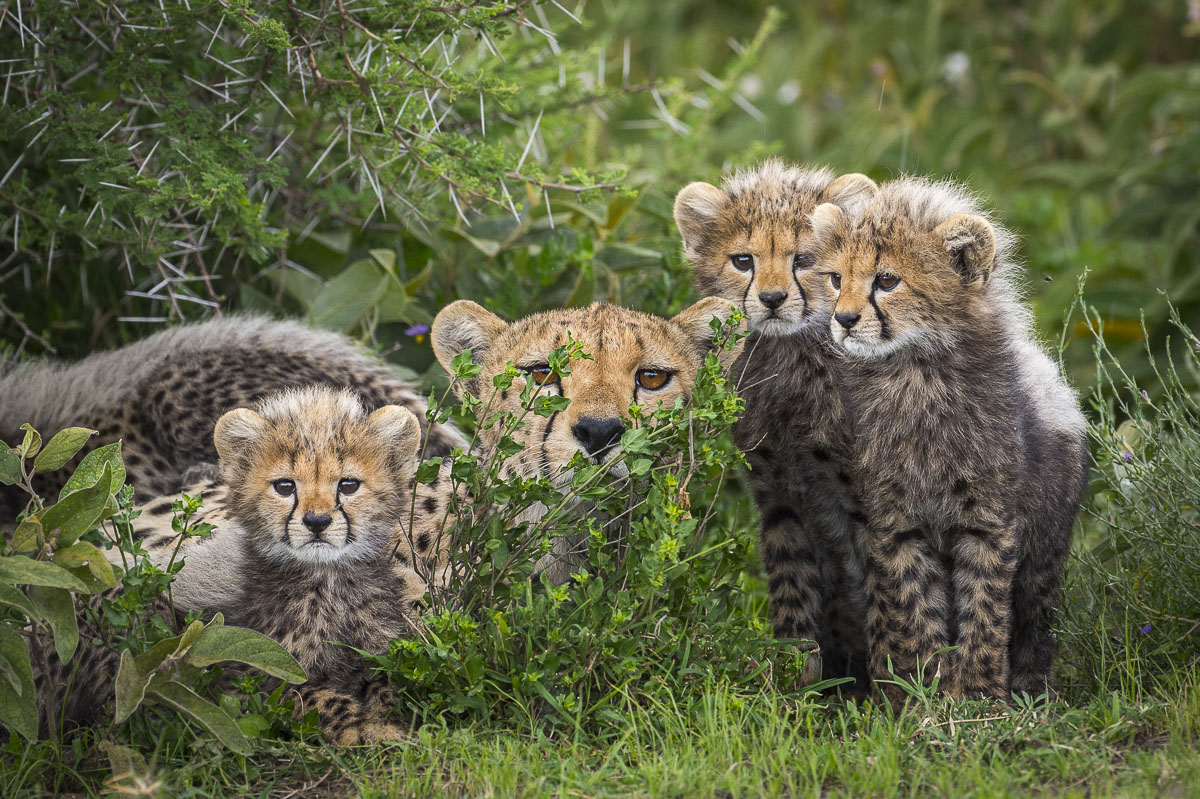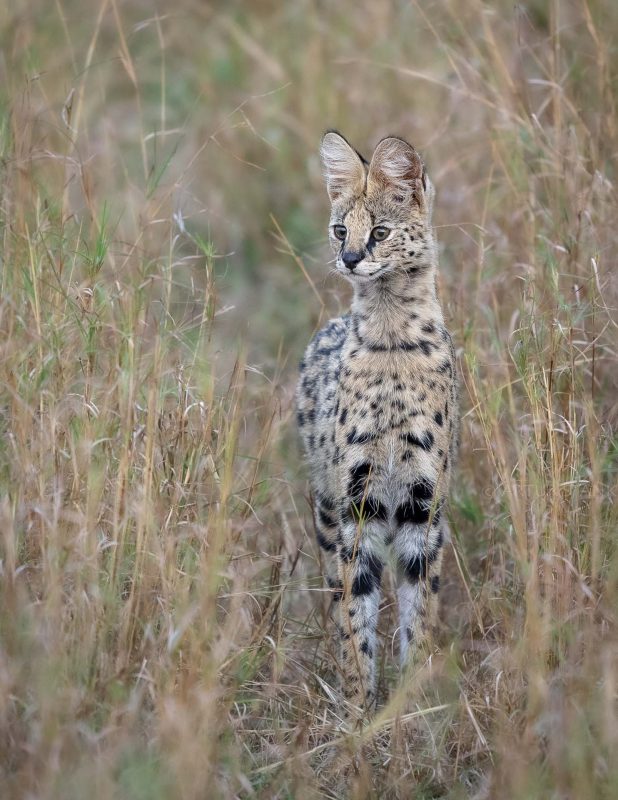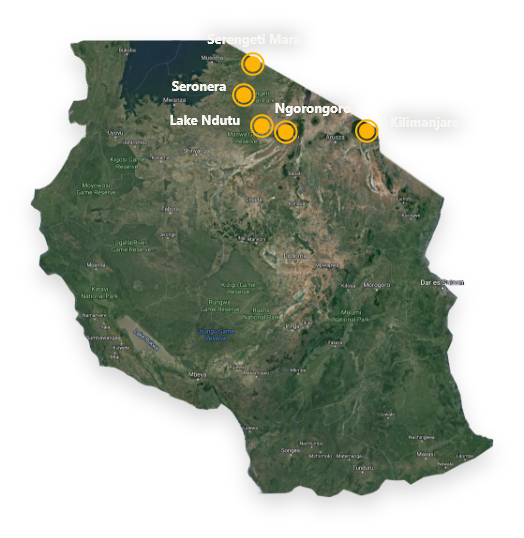
Tanzania is the ‘type’ destination for African safaris, with its diverse habitats and some of the most iconic places on the continent.
From the shores of the Lake Victoria and Lake Tanganyika, to the beautiful sandy beaches of the Indian Ocean; from vast savannahs of the Serengeti and majestic views of Mt Kilimanjaro down to the little-known, yet fascinating National Parks, such as Ruaha in the south. One could say Tanzania has it all when it comes to a variety of wildlife and ecosystems. Its natural beauty and density of plants and animals, together with amazing landscapes, make it a top destination for every tourist. Roughly one-third of the country is protected with 16 national parks and wildlife community management areas. Some of these lesser-known parks are immortalized by movies or scientific research as, for example, the pioneering chimpanzee studies of Jane Goodall in the Mahale Mountains on the shores of Lake Tanganyika. The famed Ngorongoro and Serengeti, with its savannah and massive migration of wildebeest and zebras, draws more than 300,000 of visitors per year. Apart from massive herds of wildebeest and zebras, Thompson, Grant and other antelopes, elephants, buffalos and endangered black rhinos, a variety of predators including lions, cheetahs and leopards can be admired in this magical wonderland.
Serengeti
The Serengeti is without a doubt the most famous wildlife sanctuary on our planet, recognised for its beauty, scientific value and the greatest concentration of plains game in Africa.
It is primarily known for its massive migration of wildebeest and zebra, totaling more than 1.5 million individuals which swirl the area from the north to the south following rains. The area stretches from the southern part of the park, bordering with the Ngorongoro Conservation Area and Lake Ndutu, all the way to the border with Kenya and the famous Maasai Mara reserve. The southern and central parts are more attractive from January to May, while the less visited Northern Serengeti is an excellent alternative to witness famous migrations and river crossings from June to October.
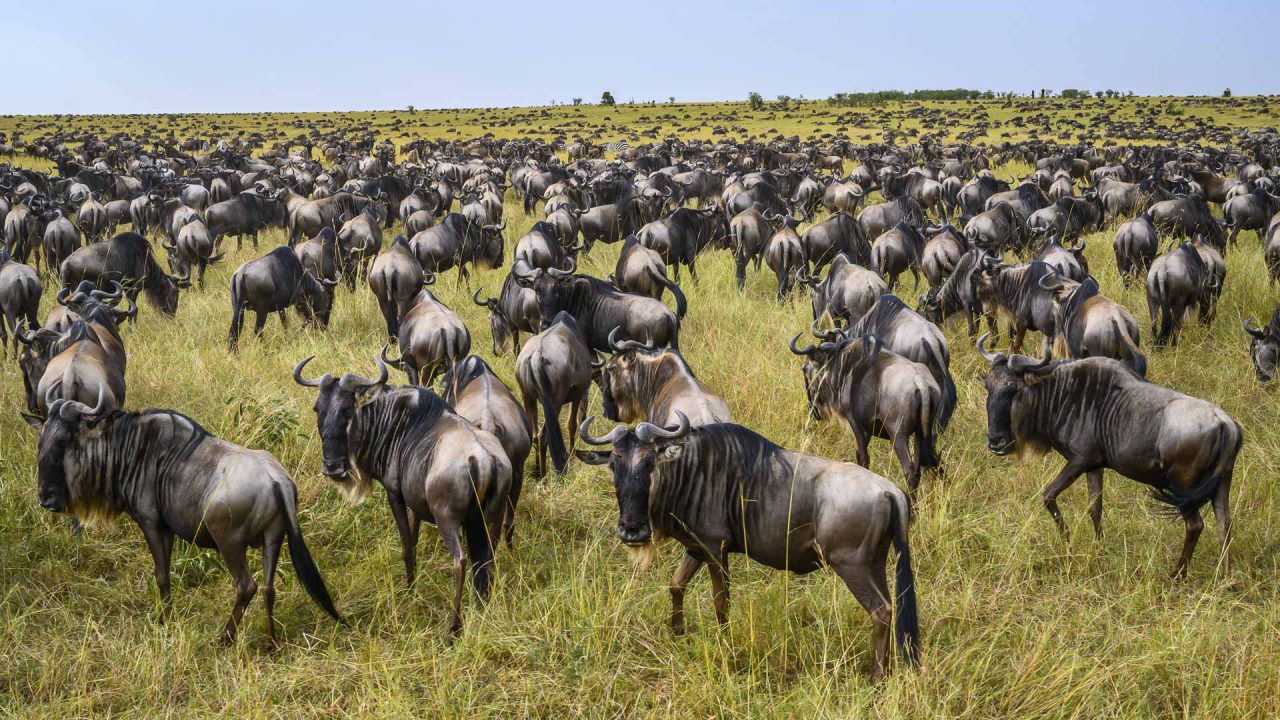
The landscape can be roughly divided between woodland and grasslands, with the latter dominating the southern parts, and the Seronera Valley characterized by the acacia-studded savannah. The entire area provides the iconic Serengeti landscape, with picturesque ‘kopijes’, rocky outcrops or large granitic boulders, often crowned by resting lions. Central Serengeti, with its famed Seronera Valley, has a year-round supply of water which assures a high concentration of animals. The woodland along the river valleys is known for the most reliable sightings of leopards resting on trees, while lions can be spotted hunting, or hanging on the kopijes. The open savannah, south of Seronera, rich in antelopes and other game, is a prime hunting ground for cheetahs. The area is also a good place for more common game as well as other rarer species, such as bat-eared foxes, servals and caracals.
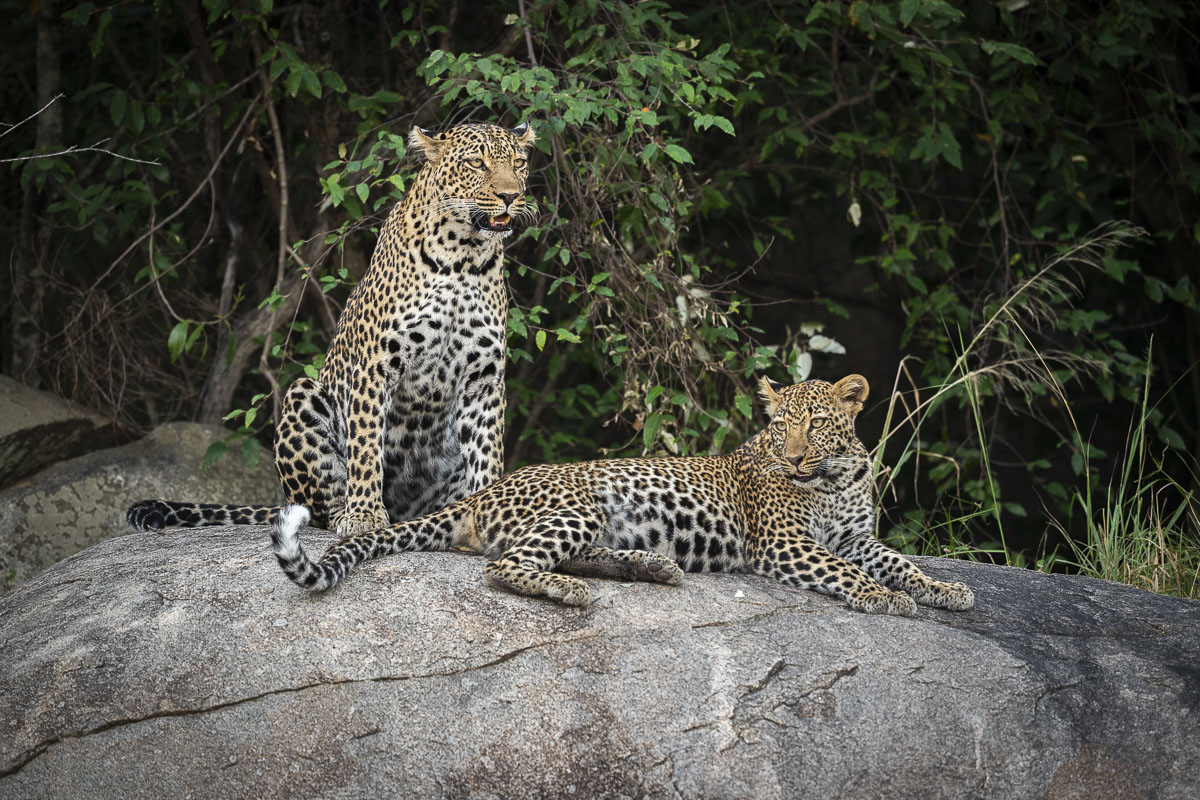
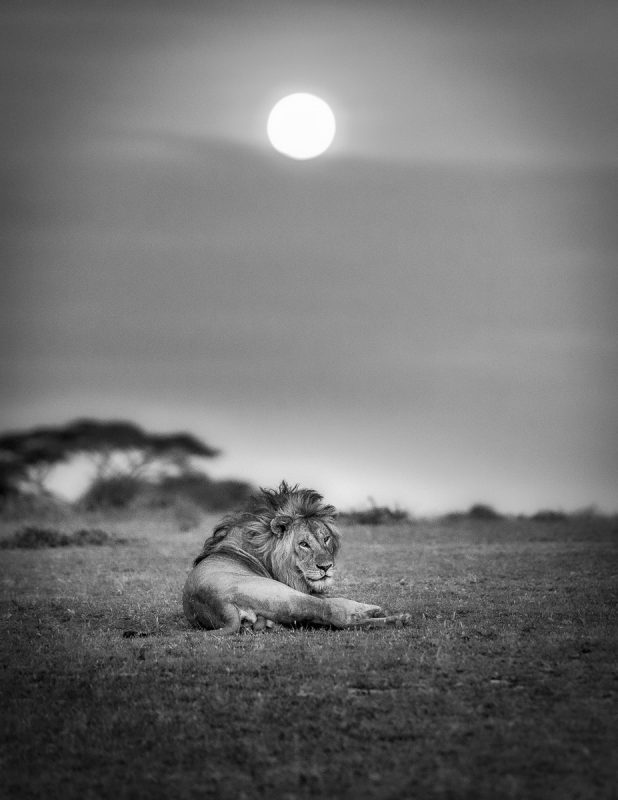
The Greater Ngorongoro Conservation Area
NCA
South of Serengeti National Parl lies a place of two important habitats – the Ngorongoro Crater and grasslands around Lakes Ndutu and Lake Masek.
The Ngorongoro is a massive, unbroken and unflooded caldera formed after the eruption and collapse of a huge volcano approximately 3 million years ago. Its current rim is some 600m above the caldera floor and contains over 25,000 large animals in an area of 260 sq km. The Crater area is covered with lush vegetation from highland forests to desert plants and grasslands in the open caldera plains. It is often called a ‘Garden of Eden’ because of its unique ecosystem supporting an unbelievable density of animals, including the highest number of lions per square kilometer. It is the most reliable place to see a black rhino and general game is plenty, with some magnificent tuskers roaming the area too. Migration reaching the area north of the crater is often ‘spilling’ into Ngorongoro, and the number of wildebeest and zebras increase with newly born calves. While the abundance of vehicles can be overwhelming at times during the day, early morning and late afternoon hours see less traffic.
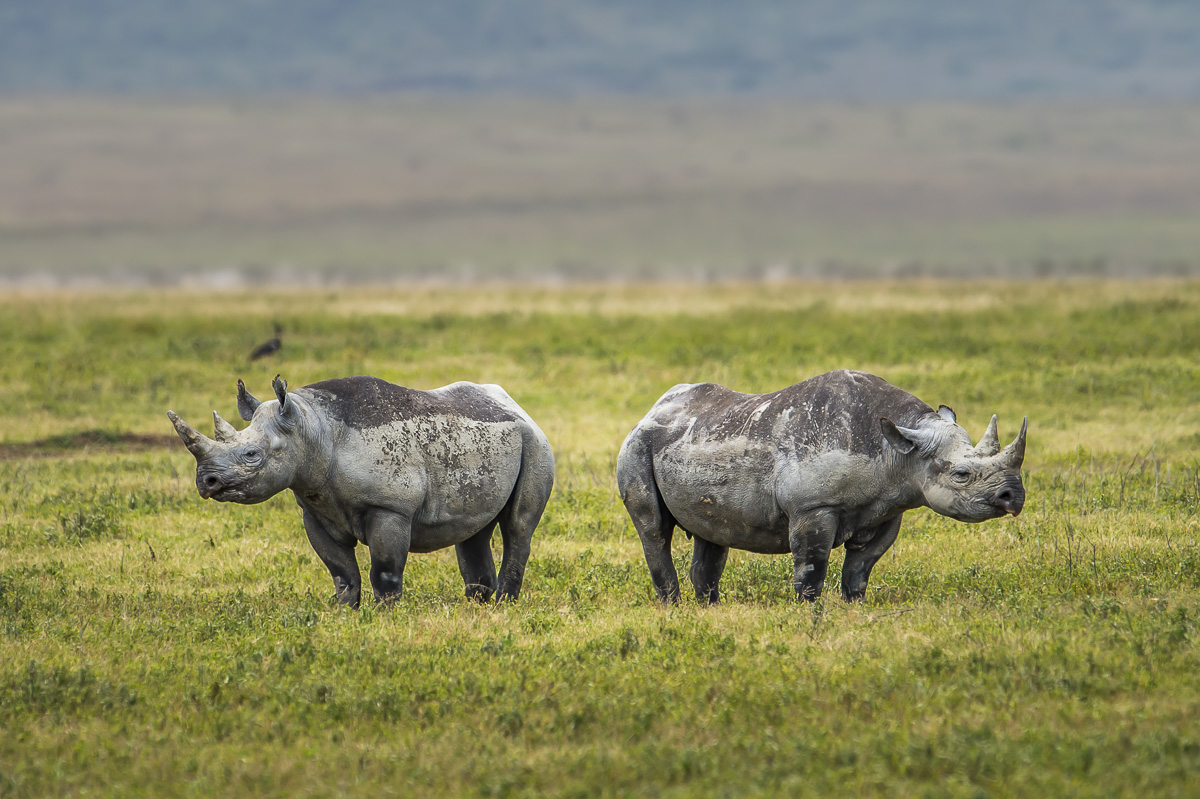
Lake Ndutu is an important ecosystem between the Crater and Southern Serengeti which becomes a very significant site between January and April, when herds are reaching its plains and give giving birth to thousands of offspring. The area is buzzing with life and is the home to large numbers of cheetahs and lions, which often time the birth of their young cubs with this time of plenty. It is not unusual to witness cheetahs hunting daily, with countless Thompson gazelles or Grant antelopes amongst herds of wildebeest. It is also a good place to spot smaller cats, such servals or African wildcats. Bird life is fantastic, with hundreds of species in the area around Lake Ndutu and Masek.
